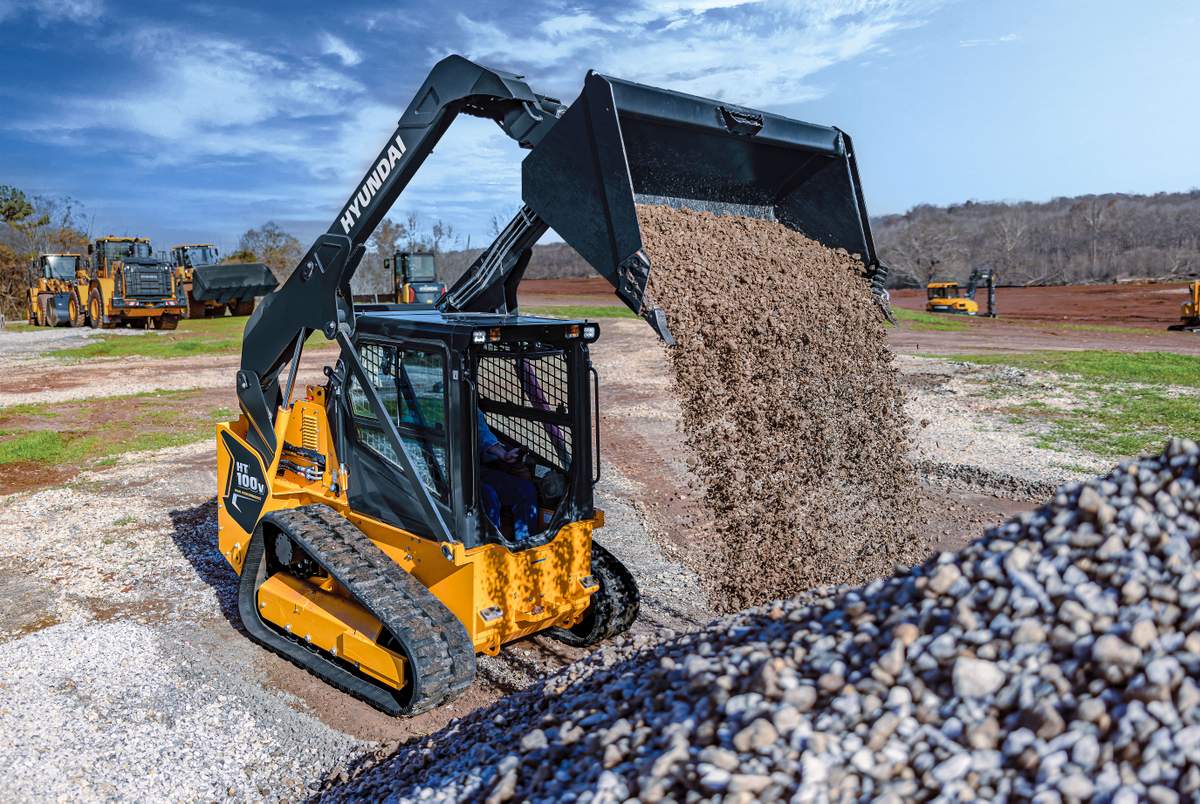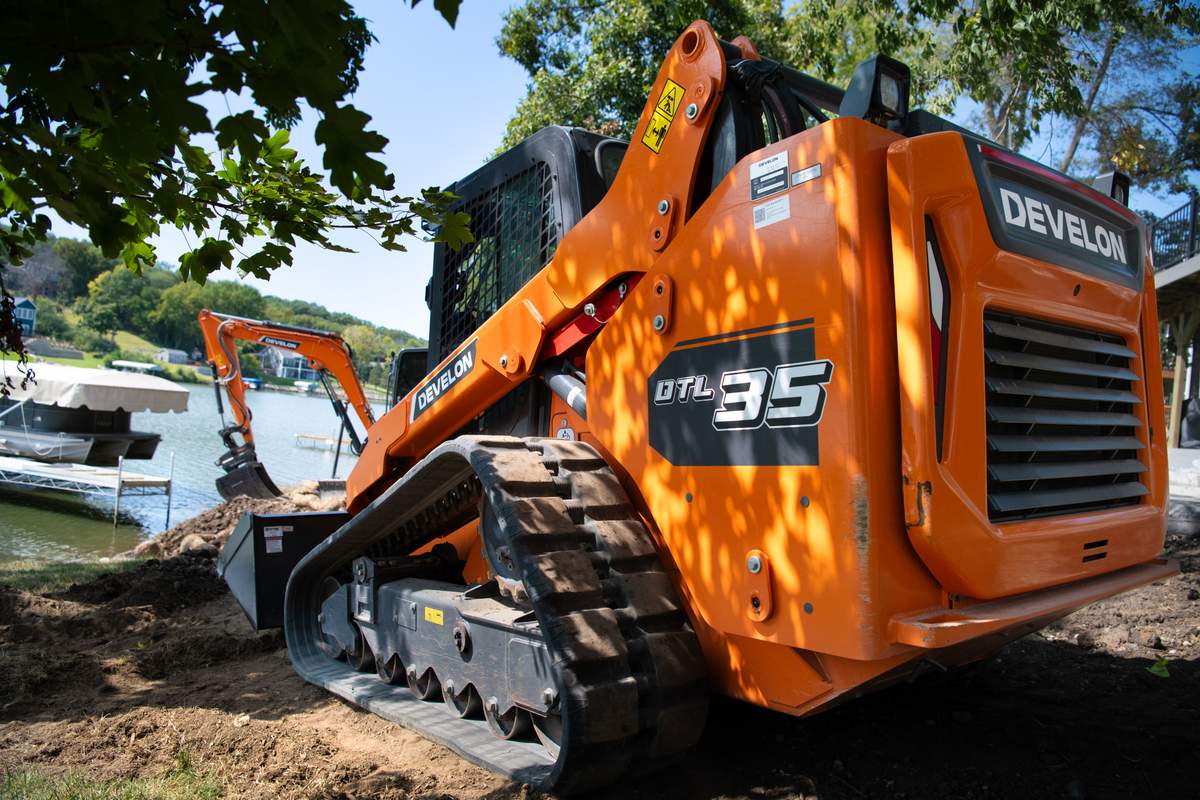Caterpillar Compact Track Loaders — 2014 Spec Guide
Just two years after Caterpillar entered the compact equipment market with its skid steer loader in 1999, its first rubber track loaders were released. The loaders entered the market touting standard independently fully suspended rubber track undercarriages. In 2008, Caterpillar introduced its steel-embedded, rubber track compact track loader (CTL) models, which also incorporate that independent suspension system, to complement its multi terrain loader (MTL) lineup.
There are currently 11 rubber track loader models in the Cat lineup, including both radial- and vertical-lift machines. The rubber-on-rubber MTL line is comprised of six models ranging from 62 to 110 gross hp and the steel-embedded, rubber track CTL line is comprised of five models ranging from 74 to 110 gross hp. Cat MTLs have extremely low ground pressures so they can work in environments where other track loaders can’t, says Cat. These Cat CTLs feature a steel-embedded track and steel undercarriage components for maximum life in applications where maintenance, operator technique and underfoot conditions may not be ideally suited for a MTL.
Both the MTL and the CTL rubber track models feature a suspension system that provides improved traction and flotation by keeping the maximum amount of track on the ground at all times because it attaches to the machine chassis via torsion axles. The undercarriage suspension system distributes the machine load to greatly reduce shock and vibration throughout the machine to provide a more comfortable ride with greater load retention. More comfort means more controllability and higher travel speeds on the job, which translates into getting the job done quicker. The suspension also helps keep the tracks on the ground during digging and grading.
With the introduction of the D Series models, Cat focused on improvements in visibility, comfort, security and control. The Cat D Series features improved sight lines to the work tool, the sides of the machine and tracks via a new loader arm design. Visibility, especially to the rear of the machine, is further enhanced by an industry first, integrated rear view camera offering.
An ergonomic operator’s station layout is enhanced by the high back, heated, air-ride seat with seat mounted joystick controls. A standard security system provides additional protection from unwanted operation and theft. Additional control features have been incorporated into the new, optional 5-in. LCD in-cabin monitor that provides the operator the capability to customize up to 11 different parameters. The customized preferences are retained by individual operator codes (up to 50), which also function as security/user codes. These parameters allow the operator to fine-tune the machine operation and performance in addition to choosing a preferred language or gauge layout style.
Advice to Buyers
“Start your purchasing evaluation by considering a machine’s rated operating capacity, any specific application requirements, width, height, ground pressure and travel speed, as well as towing requirements for transporting the equipment,” says explains Kevin Coleman, senior marketing engineer with Cat. “With regards to purchasing a track loader, a customer should also evaluate a number of track specific items such as length of track on the ground, undercarriage suspension and ground pressure. These will have an effect on productivity and operator comfort. Ultimately, it’s important to actually get in and on a machine to assess your comfort level in the cab, the integration of the controls/switches and your working visibility — sight lines from operator’s seat when actually operating on a jobsite. Lastly, evaluate a machine’s capability to be customized to accommodate multiple operators, applications, varying operator preferences and/or work tools attachments which can increase productivity.”





